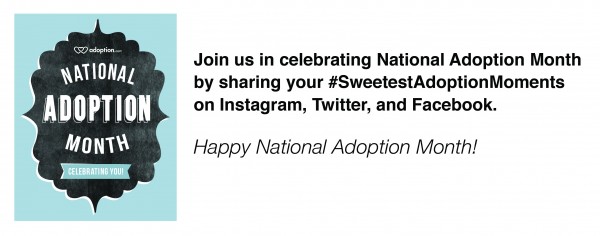The Lifelong Effects of Trauma in Childhood
Before becoming foster parents, my husband and I took a class on trauma and how it affects the brain. We learned that trauma is an extremely disturbing experience, which the brain interprets as life-threatening, and engages the instinctive fight or flight response. It doesn’t matter if the threat is real, perceived, or imagined, only that the brain interprets it as such and reacts accordingly.
Our natural fight-or-flight response is a good thing. It can make us faster, stronger, and more decisive in a dangerous situation. It helps us avoid injury or death. I’m sure you’ve heard unbelievable but true stories of people lifting cars, running quickly while carrying another person, or thwarting disaster in seemingly impossible circumstances. Those heroes can thank their bodies’ incredible fight-or-flight response for their ability to stay alive and help others.
The instant they became aware of the danger, these peoples’ bodies were flooded with cortisol and epinephrine. Their hearts and lungs accelerated, their blood vessels constricted in their limbs while their blood flow increased to their trunk, their digestion slowed or stopped, and their muscles tensed. They may have even experienced tunnel vision, changes in hearing, and other involuntary reactions. All of these physical changes occured to give the body the extra strength needed for running or fighting. It is a truly amazing phenomenon that is responsible for keeping us alive.
However, when this life-or-death response is activated over and over and over again, it does more harm than good, especially in children. The Adverse Childhood Experiences Study has taught us that when a child is subjected to repeated trauma, not only does it affect her health for the rest of her life, it literally changes her brain structure and impedes optimum physiological development—her immune system, her hormonal systems, and even her DNA is negatively affected.
The Adverse Childhood Experiences Study (ACEs) questioned, physically evaluated, and currently tracks 17,000 adults to examine the relationship between adverse childhood experiences and outcomes later in life. This study is the first of its kind, has produced over fifty scientific articles and hundreds of public health conferences, and is being reproduced abroad. What ACEs has revealed about the impact of childhood trauma on public health should change the way we approach and treat this complicated and far-reaching issue.
When I first heard of the correlation between childhood trauma and lifelong health issues, I assumed that the study was simply confirming what most people probably already suspected. Sadly, it makes sense that a child with a difficult past would engage in destructive behaviors, which would worsen his or her health, and lead to early death. However, the study proves otherwise.
Adults who experienced repeated childhood trauma, but have not engaged in high-risk behaviors, had increased risks for problems we might expect, such as: alcoholism, chronic depression, domestic violence, substance abuse, and suicide. But, it is important to note that, despite healthy living as adolescents and adults, participants with ACEs were also at a much greater risk for impaired work performance, financial problems, liver disease, COPD, heart disease, many types of cancer, and more.
When reading this eye-opening information, I wondered how poverty, education, access to healthcare, and nutrition factored into these outcomes, but the study, again, surprised me. I learned that study participants were middle-class adults, 70% of whom were Caucasian and 70% college-educated. This is significant because is shows that childhood trauma has lifelong implications for all races, income-levels, and both the educated and uneducated.
The study found an undeniable correlation between adverse childhood experiences and health outcomes: the higher the ACE score (which can be determined by a simple questionnaire), the worse the health outcomes. This information is significant to me as a foster parent because every child in foster care has experienced one form of trauma or another.
Nevertheless, this affects us all. Given that two out of three Americans have at least one ACE, we are all either directly impacted by these risk factors or love someone who is. Even worse, one in eight of us have four or more ACEs, putting those individuals at risk for chronic health problems and premature, but preventable, death. Dr. Robert Block, the former President of the American Academy of Pediatrics has called for quick action from the healthcare community in how they screen and treat patients with ACEs. He said, “Adverse childhood experiences are the single greatest unaddressed public health threat facing our nation today.”
These findings and the ACE questionnaire should be standard information that is given to all potential foster and adoptive parents. This knowledge not only empowers caregivers of traumatized children to advocate for early intervention and treatment, but also warns parents of the many risk factors and health issues that could affect their child, and their family, in the future.
Watch the TED Talk with Pediatrician Nadine Burke Harris.
Get more information on the ACE study.









